Katarantus is a herbaceous plant belonging to the Kutrov family. It can also be found under the names Madagascar Winka, Loner, Old Virgin, Cayenne Jasmine. In the usual tropics, the flower grows with an evergreen perennial shrub reaching one and a half meters. In the conditions of our climate, it can be grown on a flowerbed only as an annual plant. As a houseplant, catharanthus can live for several years, but the height of the bush will not exceed 40 cm.
At home, care for the quarantine is not a hassle. Provided that all recommendations for growing the plant are observed, the florist is unlikely to encounter serious difficulties.
Content
Characterization of cataranthus and species diversity
Catharanthus has a rooted root system. In an adult plant, the root reaches 40 cm. A large number of filiform processes are located on it. The leaves are oval. The surface is smooth, leathery structure. The plates are painted dark green. The central vein is distinguished by a thin light green stroke. The size of the leaves depends on the variety: in length they reach from 2.5 to 8 cm, in width - from 3 to 5 cm. The leaves grow opposite. They are attached to the stem with the help of short petioles. Shoots are very branchy. They are covered with smooth bark of green or pink color.
Buds are formed in the leaf sinuses of the apical shoots. Inflorescences are racemose. The flower consists of 5 fused wedge-shaped petals, a narrow tube and short stamens.
In nature, Katarantus is represented by 8 species. In floriculture, only hybrids adapted to our conditions are used. Conventionally, they can be divided into 2 groups:
- ampelous types;
- shrubs.
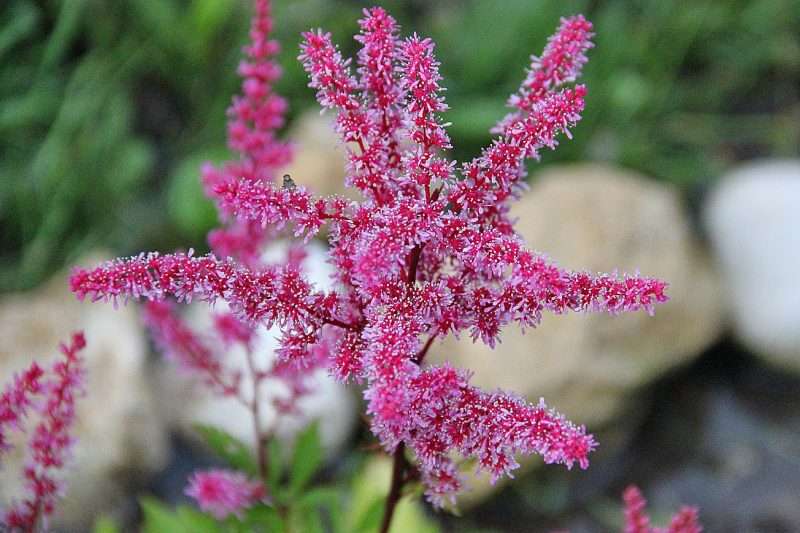 You may be interested in:
You may be interested in:The group of ampelic cataracts includes the varietoseries Mediterranean and Cascade. Such varieties deserve special attention:
- Mediterranean Peach - peach petals with raspberry eye.
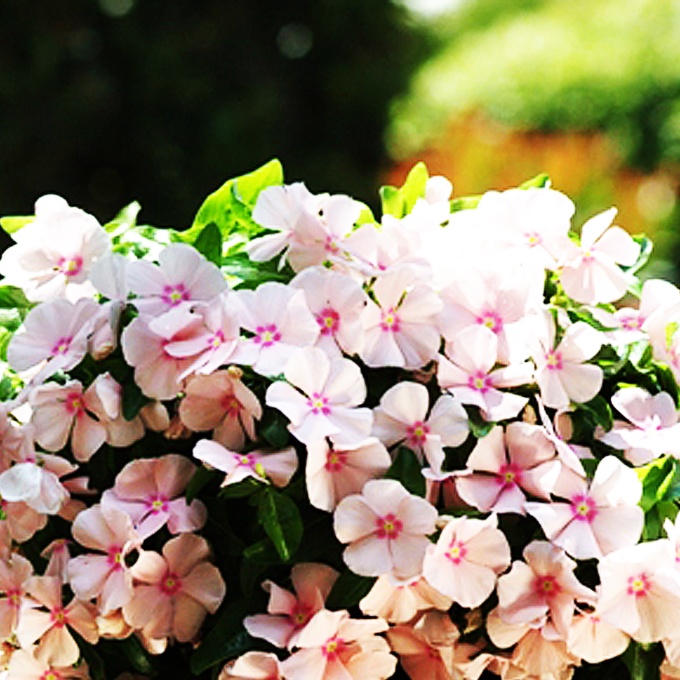
Mediterranean Peach - Mediterranean Strobury - petals of a shade of ripe strawberry and a scarlet center.
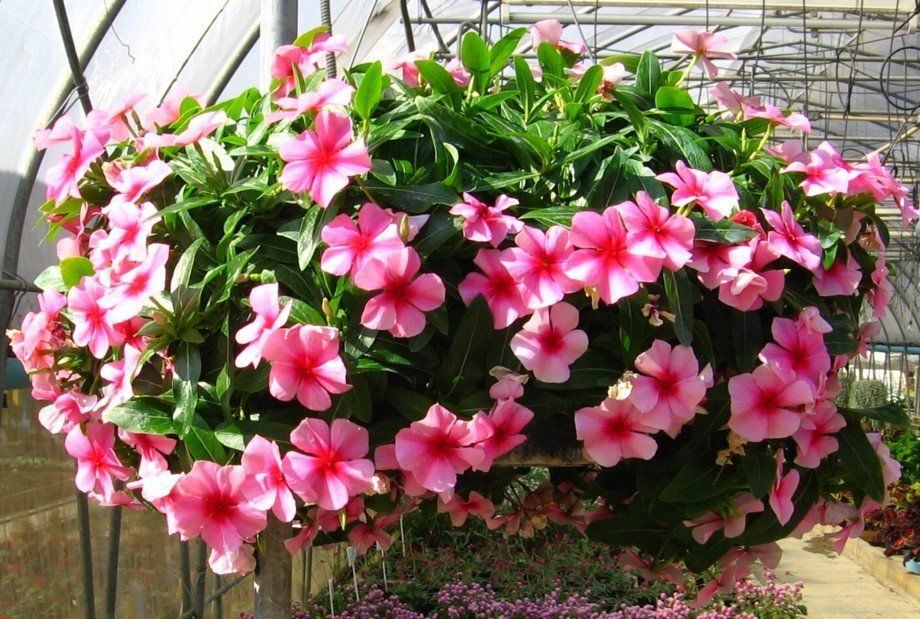
Mediterranean Strobury - Mediterranean White - plain light cream flowers.
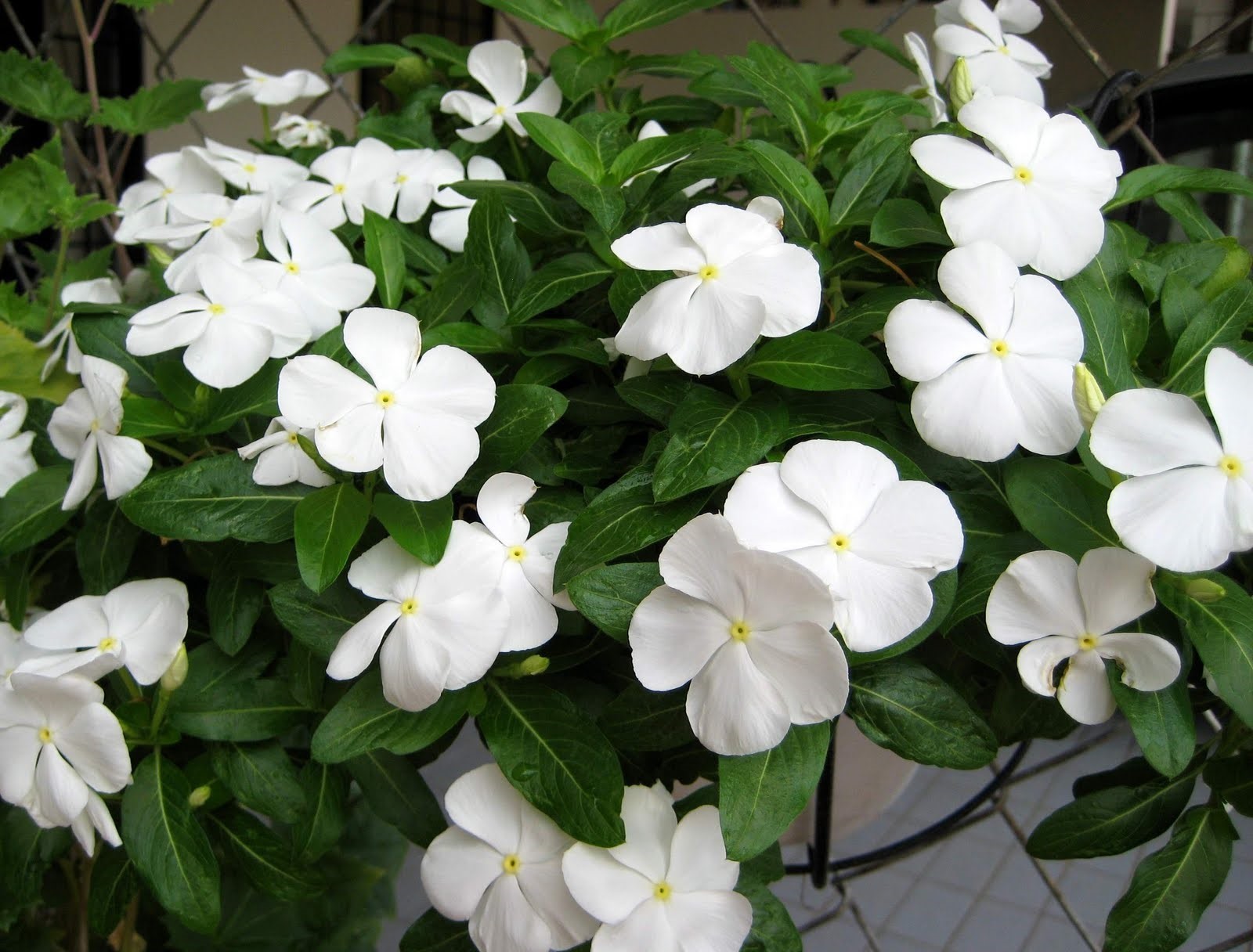
Mediterranean White - Mediterranean Polka - a snow-white flower with a raspberry eye.
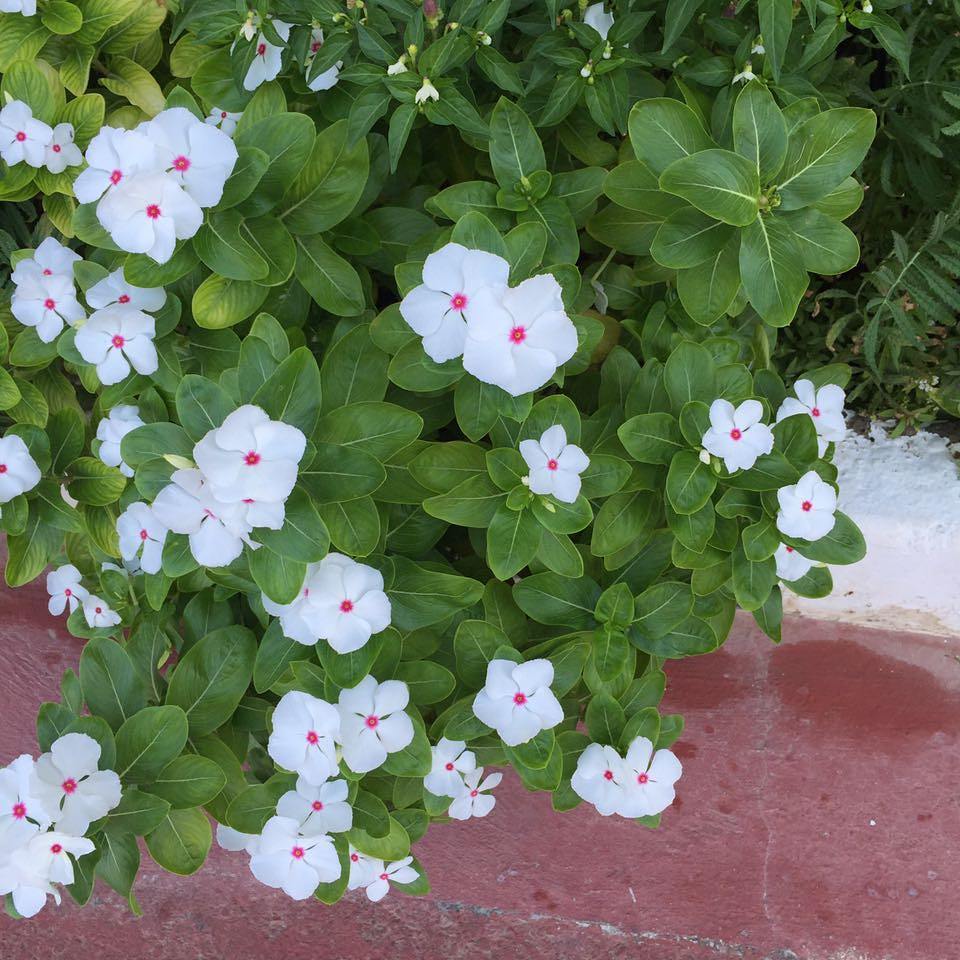
Mediterranean Polka - Mediterranean Lilak - plain lilac flowers.
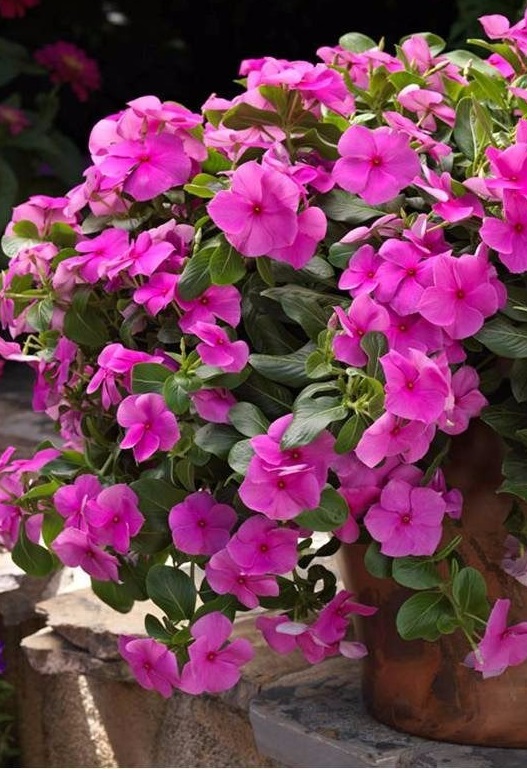
Mediterranean Lilac - Bark Cascade Apricot - petals of a saturated apricot hue with a red center.
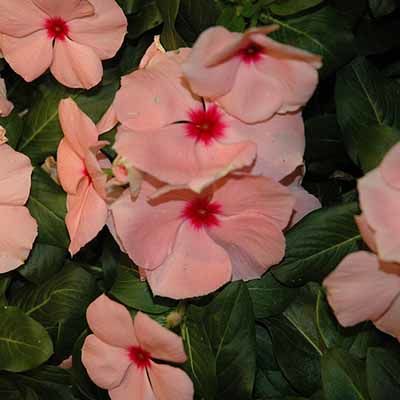
Bark Cascade Apricot - Bark Cascade Peach Blash - gentle peach petals and a red peephole.
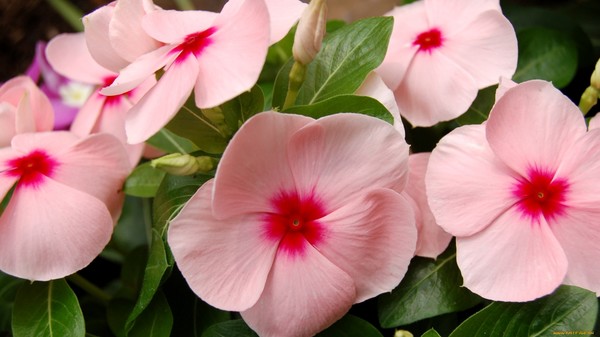
Bark Cascade Peach Blash
The group of shrubs includes the following species:
- Pacific.
- Fest Kiss.
- Aristocrat.
- Hitwave.
- Blackberry
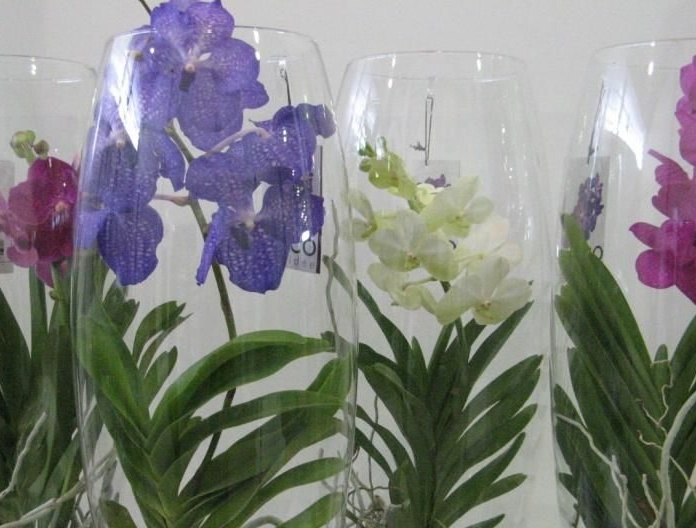 You may be interested in:
You may be interested in:This group is very voluminous. It includes cataracts of shades of red, pink, orange, white, purple.
Rules for caring for catharanthus at home
Katarantus is a flower with a pronounced period of rest. When growing it, this must be taken into account. After flowering, the plant must be given several weeks to recover.During the rest, it is desirable to place it in cooler conditions, create partial shade and temporarily cancel feeding. The cataractus will let you know about the way out of hibernation with new shoots.
Lighting
The plant loves a lot of bright diffused light. Flowers grown in the shade develop much slower and often refuse to bloom. An active sun can also harm the catharanthus by burning it with its own rays.
In summer, indoor flowers can be taken out to fresh air. Katarantus is useful for taking morning and evening sunbaths. The place for the pot should be protected from the midday sun, drafts and precipitation.
Temperature and humidity
The flower does not tolerate cold. That is why the Catharanthus, which are grown in the garden, die with the onset of autumn. Indoor flowers grow at temperatures from +20 to 25 ° C. In winter, it is desirable to omit it. The temperature transition should be smooth: the plant will have stress from a sharp drop.

The homeland of the flower is the tropics, so it must be kept in high humidity. There are a number of recommendations for achieving a high level of air humidity:
- Daily spraying.
- Shower in the warm season.
- Rubbing the leaves with a damp sponge.
- A tray with wet expanded clay under the pot.
- Direction to the plant for humidification.
- Water tank for evaporation in the immediate vicinity of the pot.
- Placing a flower near the aquarium.
Watering and feeding
The soil in which the flower grows should not dry out. Therefore, the plant should be watered frequently, but in moderation. Waterlogging of the substrate contributes to rotting of the root. If karantarants grow in the garden, they are covered with film during rains.
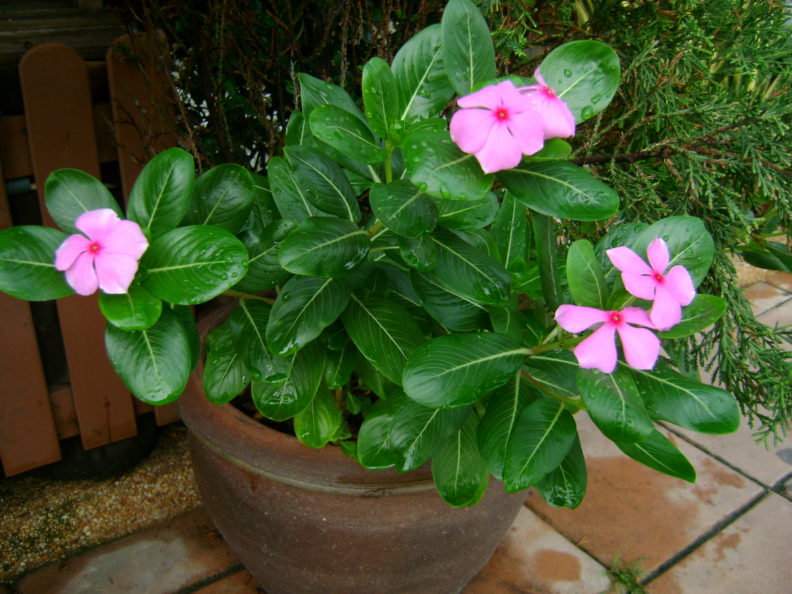
It is allowed to use water from the water supply, subject to preliminary purification from salts by filtration.
Katarantus needs fertilizer. Feeding is administered as follows:
- from the beginning of the growing season to the period of bud formation - every 2 weeks with organic fertilizers;
- the period of budding and flowering - 3 times a month with mineral fertilizers with a high concentration of phosphorus and potassium.
After flowering, feeding is stopped for several weeks. As soon as the plant releases new shoots, the introduction of organic fertilizers is resumed. During active growth, liquid nitrogenous fertilizers are applied to the leaves of the catarhus.
Diseases and Pests
Catarrhus can be affected by infectious diseases of a fungal, bacterial nature and become victims of harmful insects. Often, flowers affect such diseases and pests:
| Definition | Symptoms | Treatment methods |
|---|---|---|
| Rust | Red-brown spots between the veins of the leaves. Over time, brown pillow-shaped growths form on the spots. |
Removing the affected parts of the plant, followed by repeated treatment with fungicides. The flower must be transplanted into fresh soil, and the pot and all used tools should be sanitized. |
| Root rot | Blackening and covering of putrid mucus of the root section of the stem. | |
| Gray rot | Wet brown spots on the leaves and stems, which eventually become covered with a gray fluffy coating. | |
| Late blight | Small brown specks on the leaves. Later, spots acquire a purple hue and begin to grow.Then they blacken and rot. The affected parts of the flower are deformed. | |
| Fusarium | The base of the stems becomes thinner and dry out. Leaves lose their tone, yellowish spots appear on them. At the root there is a pinkish mildew. On a section of the affected shoot, you can see a black ring. | |
| Bacterial rot | The appearance on the leaves of watery areas with pronounced borders. Initially, the areas are yellow, but over time they darken, acquiring a brown tint. The disease spreads rapidly, infecting neighboring crops. | Incurable. The flower and the soil in which it grew are subject to destruction, and the pot and used tools must be disinfected. |
| Shield | Dark wax points on the back of the sheet. | Spraying with an insecticide solution. |
| Whitefly | Small whitish insects resembling moths are visible on the leaves of the plant. | |
| Aphid | A large number of small insects on the surface of the stem, less often - leaves. | |
| Mealybug | A small whitish worm that wraps itself in a leaf, folding it with a tube. | |
| Spider mite | Thin spider webs on the back of leaves and petioles. |
Most cases of cataractus disease are associated with improper care of the plant.
 You may be interested in:
You may be interested in:Cultivation and transplantation of catharanthus at home
At home, the flower is not difficult to grow. In addition, the plant is easily propagated by seeds, cuttings and by dividing the bush.
Breeding
A flower can be grown from seeds. The procedure involves the following actions:
- Before planting, the seeds are soaked for half an hour with a weak solution of potassium permanganate.
- Then they are placed on moist fertile soil at a distance of 3-5 cm from each other. Top seeds are covered with a thin layer of soil.
- Crops are kept in conditions of high humidity and high temperature under the film.
When shoots appear, the film is removed. With the first leaves, plants dive in separate pots.
The shoots left after spring pruning can be used for cuttings. They are easily rooted in water or peaty-sandy soil. Cuttings contain in bright light, high temperature and humidity.
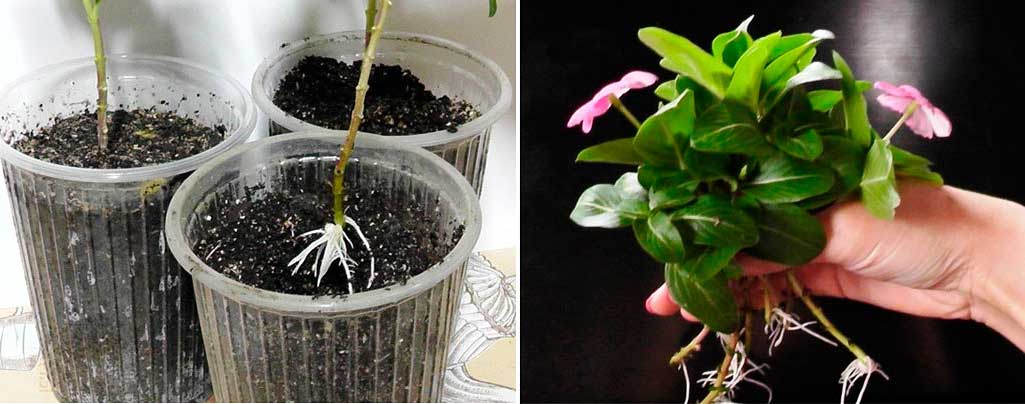
During the transplant, you can divide the overgrown bush into several parts. Do this with a sharp knife. Slices are treated with an antiseptic. Separated parts of the bush are planted as adult plants. They do not need additional care.
Transfer
Indoor cataranthus are transplanted every spring, but some species grow so rapidly that they need to be transplanted twice a year.
A flower transplant is as follows:
- at the bottom of the pot lay a drainage layer of expanded clay;
- a small layer of fresh substrate is poured on it;
- put a flower in a pot with an earthen lump;
- the void of the pot is filled with fresh substrate;
- the topsoil is slightly crushed and moisturized well.
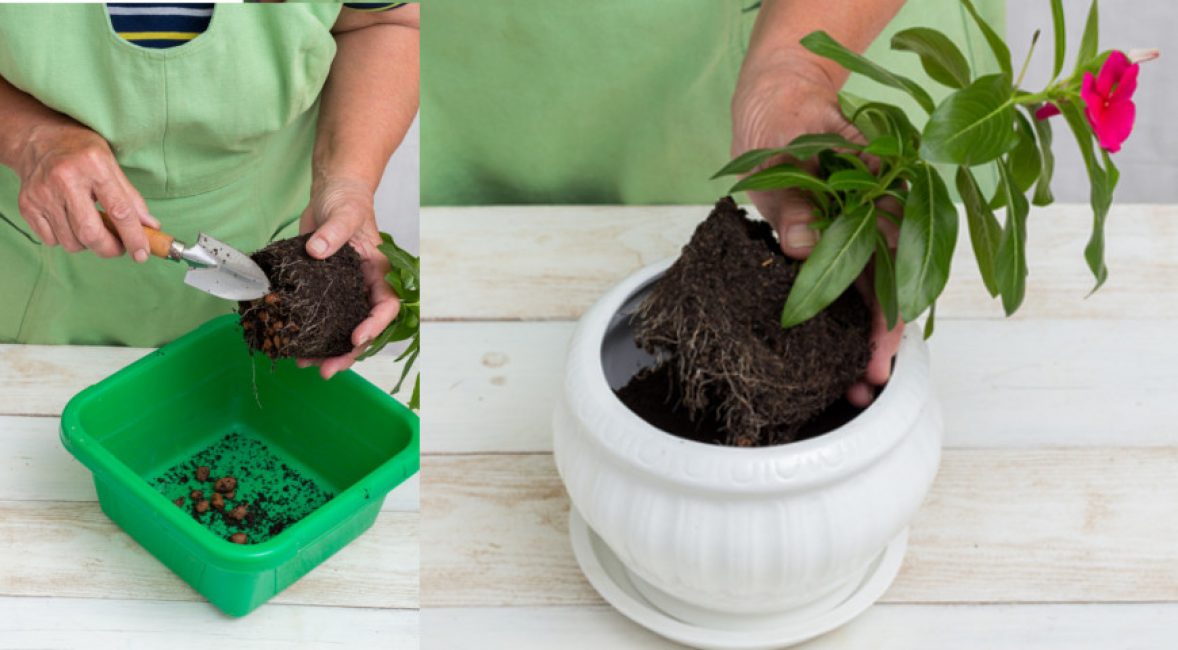
This creates the impression of a lush bush. The flower grows well in the soil mixture for geraniums.
Common questions
Kataranthus are absolutely unpretentious and very beautiful flowers. They can be grown both in garden plots and indoors in hanging planters or on the windowsill.

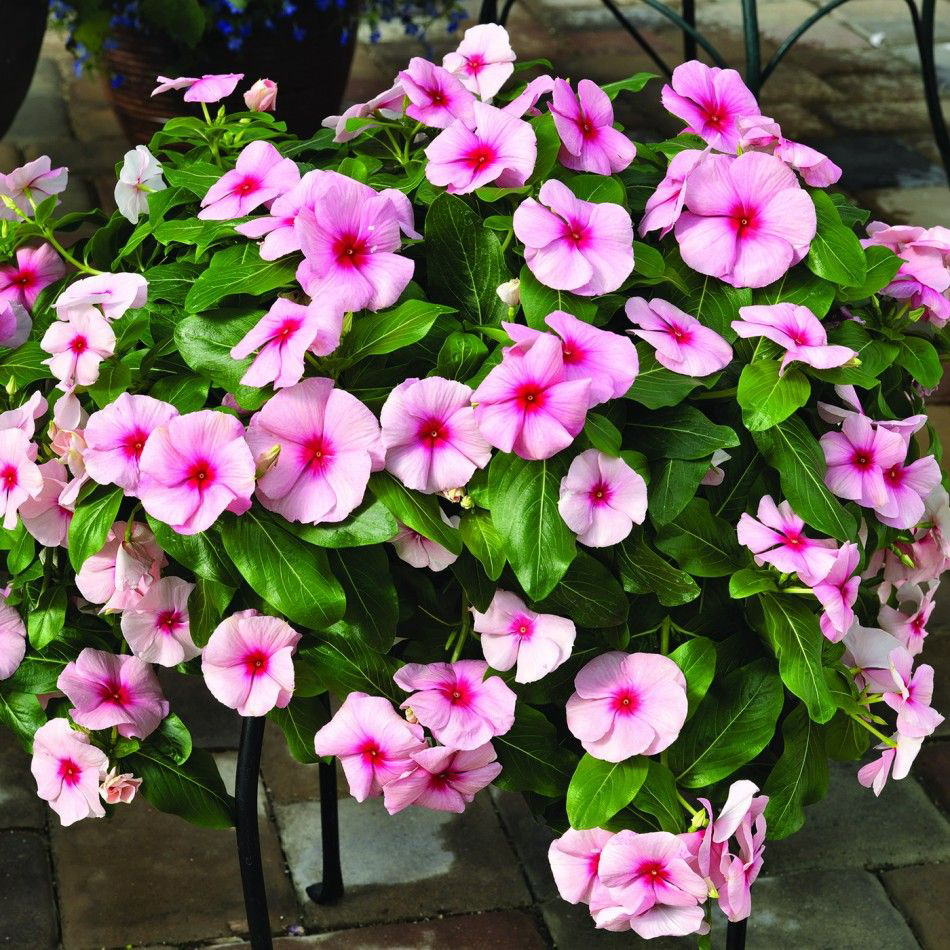
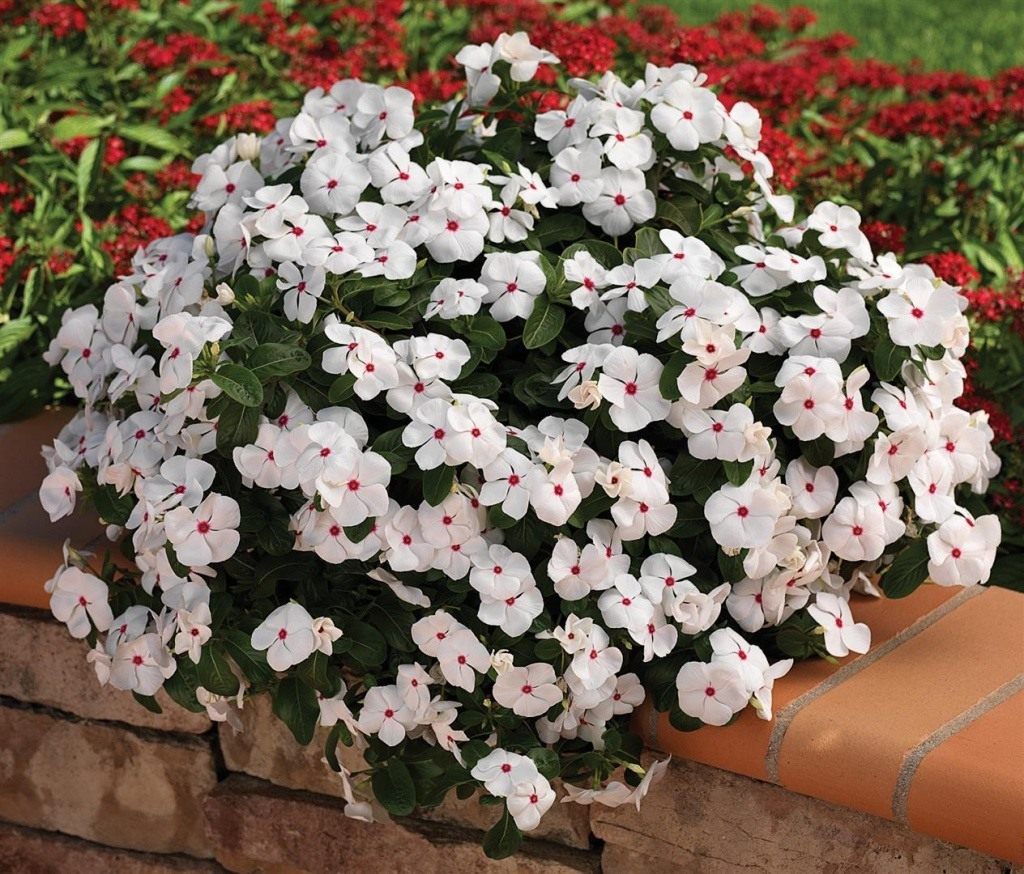




 Sow in the ground, without seedlings: 10 beautiful and unpretentious flowers
Sow in the ground, without seedlings: 10 beautiful and unpretentious flowers Platicodon planting and outdoor care
Platicodon planting and outdoor care Hosta - planting and care in the open ground in the Urals
Hosta - planting and care in the open ground in the Urals Oleander - care and growing at home
Oleander - care and growing at home